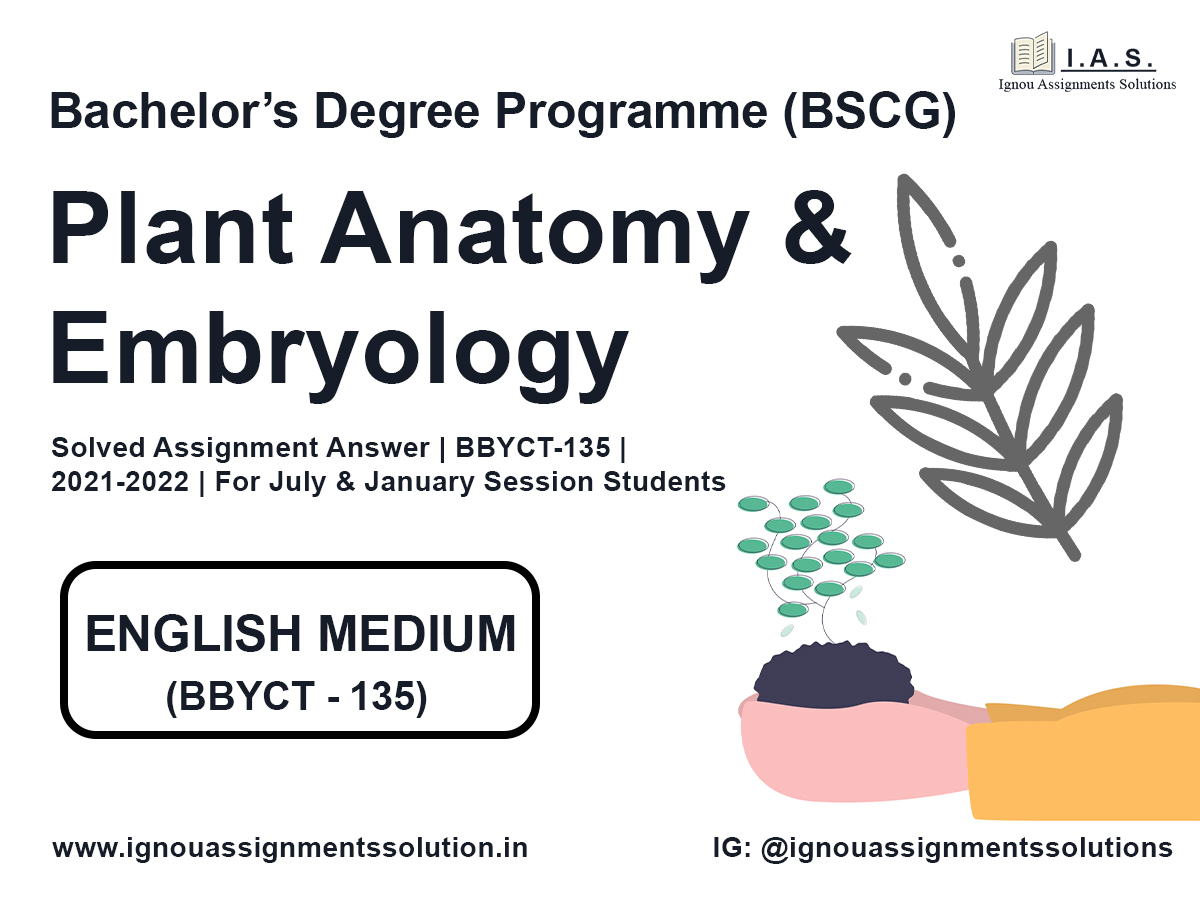IGNOU Assignments Solutions | Ignou Question Paper & Updates
EVERYTHING - IS FREE FOR EVERY STUDENT!!!
EVERYTHING - IS FREE FOR EVERY STUDENT!!!
What is technological inertia? Explain the reasons for technological inertia, preventing the implementation of new technologies?
MS 58 Assignment Solution | Management of R&D And Innovation | What is Technological Inertia?
The technological innovation system is a concept developed within the scientific field of innovation studies that serve to explain the nature and rate of technological change. A Technological Innovation System can be defined as a dynamic network of agents interacting in a specific economic/industrial area under a particular institutional infrastructure and involved in the generation, diffusion, and utilization of technology.
The approach may be applied to at least three levels of analysis: to a technology in the sense of a knowledge field, to a product or an artifact, or to a set of related products and artifacts aimed at satisfying a particular (societal) function’. With respect to the latter, the approach has especially proven itself in explaining why and how sustainable (energy) technologies have developed and diffused into a society, or have failed to do so. The concept of a technological innovation system was introduced as part of a wider theoretical school, called the innovation system approach.
The central idea behind this approach is that determinants of technological change are not (only) to be found in individual firms or in research institutes, but (also) in a broad societal structure in which firms, as well as knowledge institutes, are embedded. Since the 1980s, innovation system studies have pointed out the influence of societal structures on technological change, and indirectly on long-term economic growth, within nations, sectors, or technological fields. The purpose of analyzing a Technological Innovation System is to analyze and evaluate the development of a particular technological field in terms of the structures and processes that support or hamper it.
Besides its particular focus, there are two, more analytical, features that set the Technological Innovation System approach apart from other innovation system approaches. Firstly, the Technological Innovation System concept emphasizes that stimulating knowledge flows is not sufficient to induce technological change and economic performance. There is a need to exploit this knowledge in order to create new business opportunities.
This stresses the importance of individuals as sources of innovation, something which is sometimes overseen in the more macro-oriented, nationally or sectorally oriented innovation system approaches. Structures involve elements that are relatively stable over time. Nevertheless, for many technologies, especially newly emerging ones, these structures are not yet (fully) in place.
For this reason, mostly, the scholars have recently enriched the literature on Technological Innovation Systems with studies that focus on the build-up of structures over time. The central idea of this approach is to consider all activities that contribute to the development, diffusion, and use of innovations as system functions. These system functions are to be understood as types of activities that influence the build-up of a Technological Innovation System.
Each system function may be fulfilled in a variety of ways. The premise is that, in order to properly develop, the system should positively fulfill all system functions. Various ‘lists’ of system functions have been constructed. Authors like Bergek et al., Hekkert et al., Negro and Suurs give useful overviews. These lists show much overlap and differences reside mostly in the particular way of clustering activities. An example of such a list is provided below. Note that it is also possible that activities negatively contribute to a system function. These negative contributions imply a (partial) breakdown of the system.
Wrapped Up
- For More BSCG Assignments – BSCG Solved Assignment
- For Hand Written Assignments – Click here
For more Updates join our Telegram Group and also for your inquiry you may comment here or mail us –info@ignouassignmentssolutions.in
Telegram Group – Click Here
- assignments answer
- ignou 2021-2022 assignments answer
- ignou assignments answer
- ignou assignments solutions
- ignou masters assignments answer
- ignou mba assignments answer
- ignou ms 58 assignments solutions
- nptel assignments answers
- what is technological inertia
| M | T | W | T | F | S | S |
|---|---|---|---|---|---|---|
| 1 | 2 | 3 | 4 | 5 | 6 | 7 |
| 8 | 9 | 10 | 11 | 12 | 13 | 14 |
| 15 | 16 | 17 | 18 | 19 | 20 | 21 |
| 22 | 23 | 24 | 25 | 26 | 27 | 28 |
| 29 | 30 | 31 | ||||
Recent Posts
- IGNOU Hall Ticket June 2023 – Check TEE June 2023 Admit Card Ignou
- IGNOU BHIC 104 Previous Year Question Paper & Important Question | Arts (Honours) Ignou Question Paper
- IGNOU BHIC 103 Previous Year Question Paper & Important Question | Arts (Honours) Ignou Question Paper
- IGNOU BHIC 102 Previous Year Question Paper & Important Question | Arts (Honours) Ignou Question Paper
- IGNOU BHIC 101 Previous Year Question Paper & Important Question | Arts (Honours) Ignou Question Paper
Recent Comments
Top Categories
Sign Up to Our Newsletter!!!

IGNOU BCHCT 131 Previous Year Question Paper & Important Question | I.A.S.

IGNOU BZYCT 137 Previous Year Question Paper & Important Question | I.A.S.

Bachelor of Art General & Honours (BAG) - SOCIETY THROUGH THE VISUAL Solved Assignment Answer | BSOS 185 | 2021-2022

Bachelor of Art General & Honours (BAG) - WRITING AND STUDY SKILLS Solved Assignment Answer | BEGS 183 | 2021-2022

Bachelor’s Degree Programme (BSCG) - Cell and Molecular Biology Solved Assignment Answer | BBYET 141 | 2021-2022

Bachelor’s Degree Programme (BSCG) - CHEMICAL ENERGETICS, EQUILIBRIA AND FUNCTIONAL ORGANIC CHEMISTRY-I Solved Assignment Answer | BCHCT 133 | 2021-2022

Bachelor’s Degree Programme (BSCG) - ENVIRONMENTAL GEOGRAPHY Solved Assignment Answer | BGGCT 135 | 2021-2022

Briefly discuss various stages in disaster cycle.

Master's Degree Programme (MA Hindi) - हिंदी उपन्यास - 1 Solved Assignment Answer | MHD 14 | 2021-2022

Bachelor’s Degree Programme (BSCG) - Plant Anatomy and Embryology Solved Assignment Answer | BBYCT 135 | 2021-2022

Explain various rescue methods.

Evaluate the guiding principles for shelter provisions.

Write a note on Community based Disaster Management (CBDM).

Briefly discuss various stages in disaster cycle.

IGNOU ECO 06 Previous Year Question Paper & Important Question | Commerce Ignou Question Paper

IGNOU ECO 05 Previous Year Question Paper & Important Question | Commerce Ignou Question Paper

IGNOU ECO 03 Previous Year Question Paper & Important Question | Commerce Ignou Question Paper






